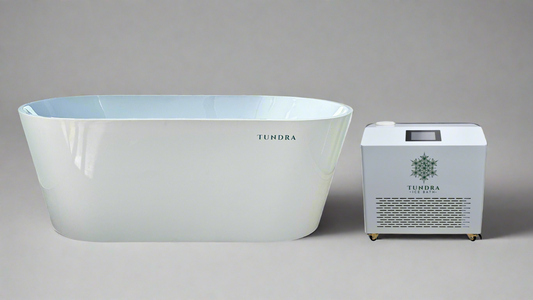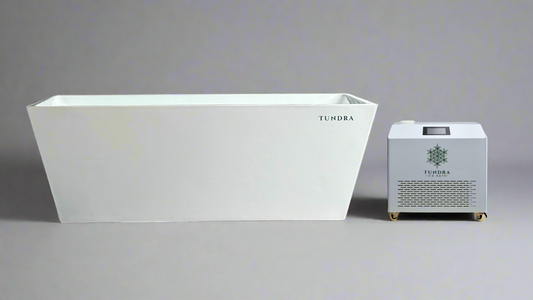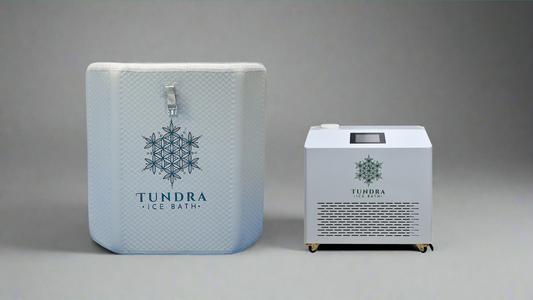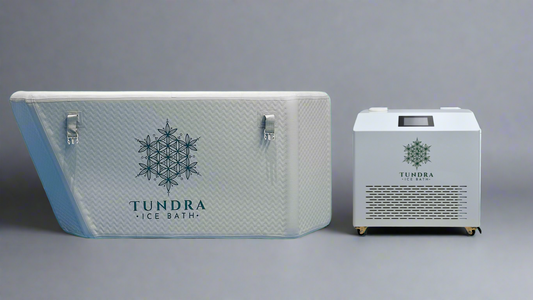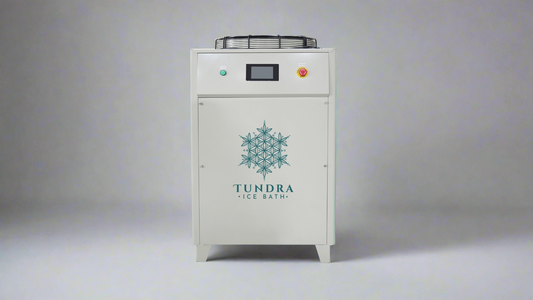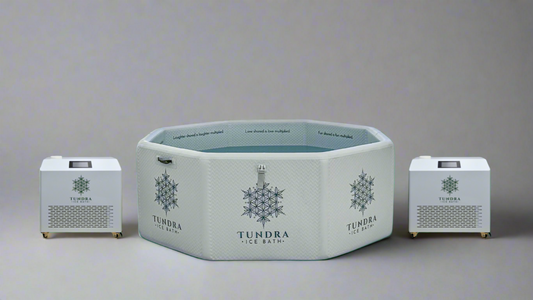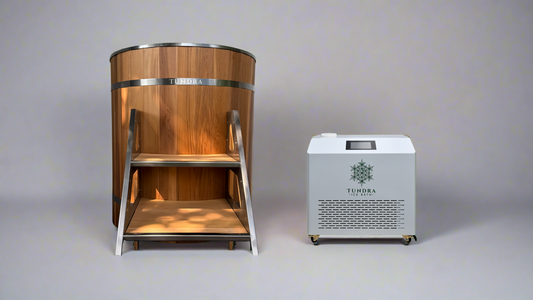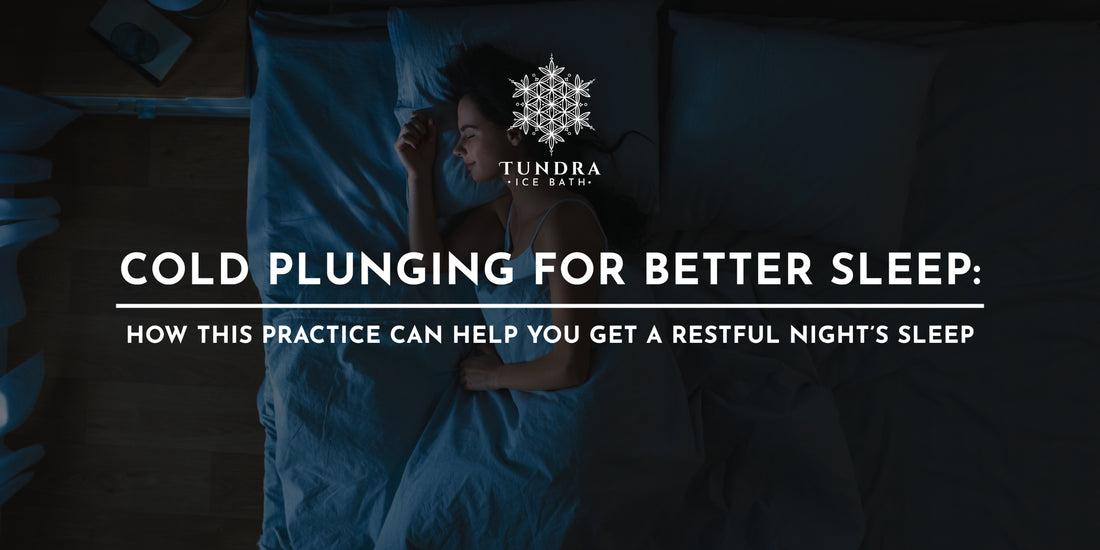
Cold Plunging for Better Sleep: How This Practice Can Help You Get a Restful Night's Sleep
Share
Introduction
A good night's sleep is essential for maintaining overall health, mental acuity, and optimal daily performance. In today's fast-paced society, many people experience sleep issues, such as trouble falling asleep, staying asleep, or reaching deep sleep stages. Cold plunging, an ancient practice that has recently regained attention, offers a promising solution for enhancing sleep quality. This article explores the scientific principles underlying cold plunging and explains how it can contribute to a more rejuvenating night's sleep.
The Science of Sleep and Cold Plunging
Sleep is a complex process that involves a myriad of physiological and neurological changes. Several factors regulate sleep, including circadian rhythms, hormonal fluctuations, and body temperature. To better understand the relationship between cold plunging and sleep, let's delve deeper into the science of sleep and the body's response to cold exposure.

The body's internal clock, or circadian rhythm, governs our sleep-wake cycle. This rhythm is regulated by the suprachiasmatic nucleus (SCN) in the hypothalamus, which responds to light cues and releases hormones like melatonin to induce sleepiness at night. Cold plunging has been found to help regulate circadian rhythms by increasing the release of melatonin, thereby promoting a healthier sleep-wake cycle.
The human body undergoes a natural temperature drop during the evening, which is crucial for sleep initiation. The preoptic area of the anterior hypothalamus plays a significant role in thermoregulation and sleep onset by detecting changes in body temperature and modulating heat loss through vasodilation and vasoconstriction. Cold plunging can aid this process by inducing peripheral vasoconstriction, which facilitates heat conservation and triggers the heat loss mechanisms necessary for sleep onset.


Cold plunging activates the body's "cold shock" response, characterized by an initial sympathetic nervous system activation followed by increased parasympathetic activity. Sympathetic activation triggers the release of stress hormones like adrenaline and cortisol, while parasympathetic activation, also known as the "rest and digest" response, helps reduce stress and promote relaxation. The resulting shift towards parasympathetic dominance can contribute to better sleep by reducing stress-related arousal and facilitating a state of relaxation.
Cold exposure can also influence the release of hormones that affect sleep. For example , cold plunging has been found to increase the secretion of beta-endorphins, which are natural painkillers and mood elevators. Elevated levels of beta-endorphins can promote a sense of well-being and relaxation, which may contribute to improved sleep quality.


Emerging research suggests that cold plunging may positively affect sleep architecture – the structure and pattern of sleep stages throughout the night. Cold exposure has been linked to increased slow-wave sleep (SWS) and rapid eye movement (REM) sleep, both of which are crucial for physical recovery and cognitive functioning. By enhancing sleep architecture, cold plunging may contribute to more restorative sleep and better overall health.
How to Incorporate Cold Plunging into Your Sleep Routine
To reap the benefits of cold plunging for sleep, it's essential to incorporate this practice into your evening routine. Here are some steps to get started:
- Choose the Right Time: For maximum sleep benefits, try to schedule your cold plunge around 1 to 2 hours before bedtime. This timing allows your body to cool down and ease into a relaxed state, preparing for sleep.
- Start Gradually: If you're new to cold plunging, it's essential to ease into the practice. Start with shorter immersion times and gradually increase the duration as you become more comfortable with the sensation.
- Create a Relaxing Environment: Set the stage for a restful night's sleep by creating a calming environment in your cold plunge area. Consider incorporating soft lighting, soothing scents, or calming music to enhance the relaxation experience.
- Focus on Your Breath: During your cold plunge, focus on maintaining slow, deep breaths to further stimulate the parasympathetic nervous system and encourage relaxation.
- Warm-Up Gently: After your cold plunge, allow your body to warm up gradually. Instead of using external heat sources like hot showers or heating pads, let your body's natural thermoregulation processes take over. This gradual warm-up can help extend the relaxation benefits and improve sleep quality.
Conclusion
Cold plunging is an ancient practice that has gained renewed attention for its potential to improve sleep quality. By incorporating cold plunging into your evening routine, you can take advantage of its ability to lower body temperature, activate the parasympathetic nervous system, and promote a state of relaxation. With regular practice, cold plunging may help you achieve a more restful night's sleep and improve your overall well-being.

